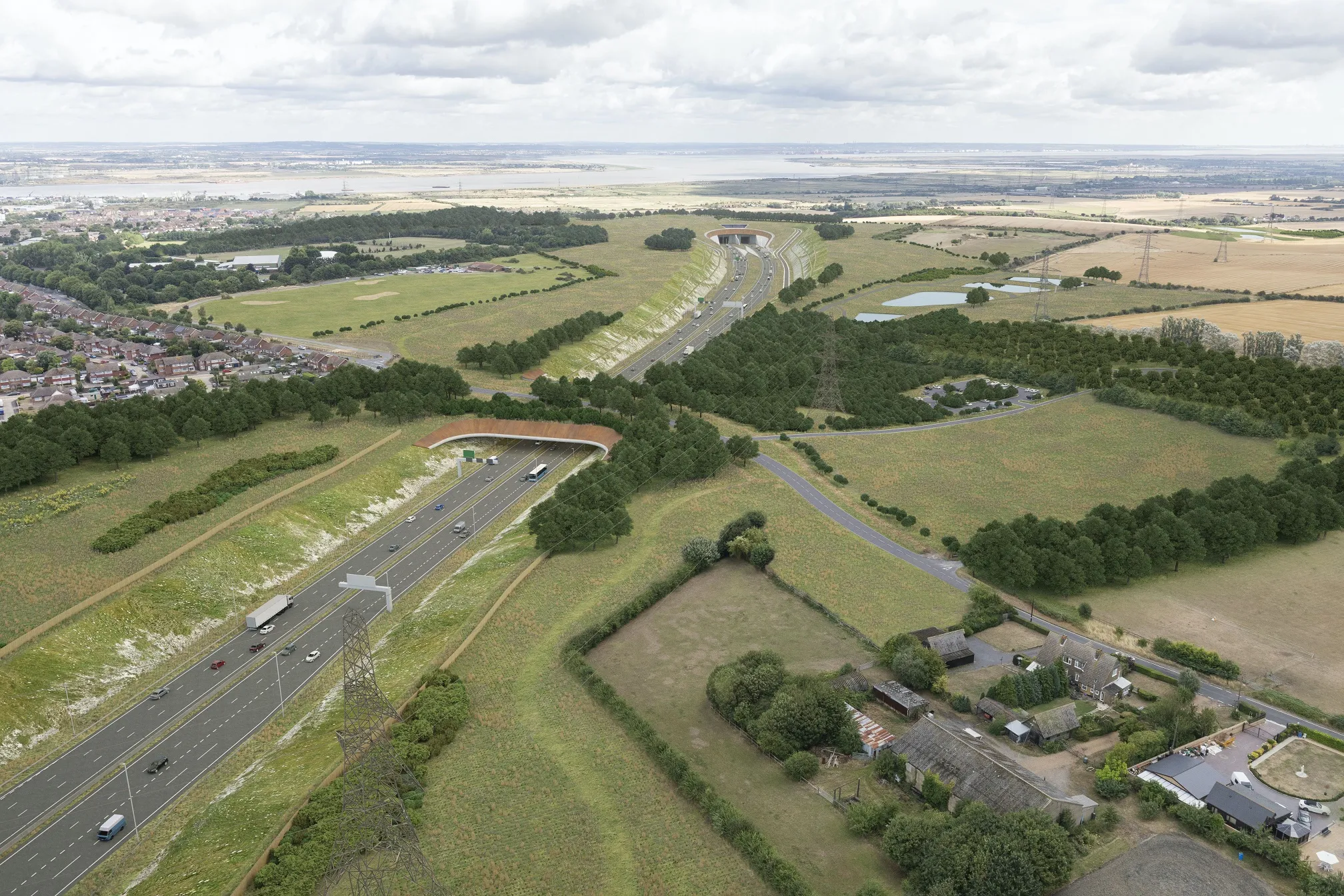New traffic forecasts from the Department for Transport underlined the need for greater investment to improve the condition of the UK’s road network. The Road Traffic Forecasts 2015 predicts that levels of traffic will increase on motorways and major roads by up to 60 per cent in 2040 compared with 2010 levels. For principal roads the increase from 2010 to 2040 could be as high as 51% and for minor roads the prediction is up to 54 per cent. Car ownership is predicted to increase from 25 million in 2010 to 3
March 19, 2015
Read time: 2 mins
RSSNew traffic forecasts from the Department for Transport underlined the need for greater investment to improve the condition of the UK’s road network.
The Road Traffic Forecasts 2015 predicts that levels of traffic will increase on motorways and major roads by up to 60 per cent in 2040 compared with 2010 levels. For principal roads the increase from 2010 to 2040 could be as high as 51% and for minor roads the prediction is up to 54 per cent. Car ownership is predicted to increase from 25 million in 2010 to 35 million in 2040, an increase of 42 per cent.
“Decades of under investment mean that our road networks are unable to cope with the impact of current traffic levels let alone an increase of between 50 to 60%. This is confirmed by the unacceptable high levels of potholes and deterioration”, said Howard Robinson, chief executive of the Road Surface Treatments Association (RSTA). “Although the government is now making some attempt to address the situation the fact remains that US$17.7 billion is necessary to bring the condition of local authority roads up to an acceptable standard. Local authorities in particular are facing severe budgetary pressures that meaning they are unable to commit to the necessary investment for long-term road maintenance.”
He continued: “The condition of our local road network continues to be a major concern. The government’s own forecasted traffic increase should alert them to the need to invest more in road maintenance if congestion and potholes are not to remain the norm.”
The Road Traffic Forecasts 2015 predicts that levels of traffic will increase on motorways and major roads by up to 60 per cent in 2040 compared with 2010 levels. For principal roads the increase from 2010 to 2040 could be as high as 51% and for minor roads the prediction is up to 54 per cent. Car ownership is predicted to increase from 25 million in 2010 to 35 million in 2040, an increase of 42 per cent.
“Decades of under investment mean that our road networks are unable to cope with the impact of current traffic levels let alone an increase of between 50 to 60%. This is confirmed by the unacceptable high levels of potholes and deterioration”, said Howard Robinson, chief executive of the Road Surface Treatments Association (RSTA). “Although the government is now making some attempt to address the situation the fact remains that US$17.7 billion is necessary to bring the condition of local authority roads up to an acceptable standard. Local authorities in particular are facing severe budgetary pressures that meaning they are unable to commit to the necessary investment for long-term road maintenance.”
He continued: “The condition of our local road network continues to be a major concern. The government’s own forecasted traffic increase should alert them to the need to invest more in road maintenance if congestion and potholes are not to remain the norm.”









